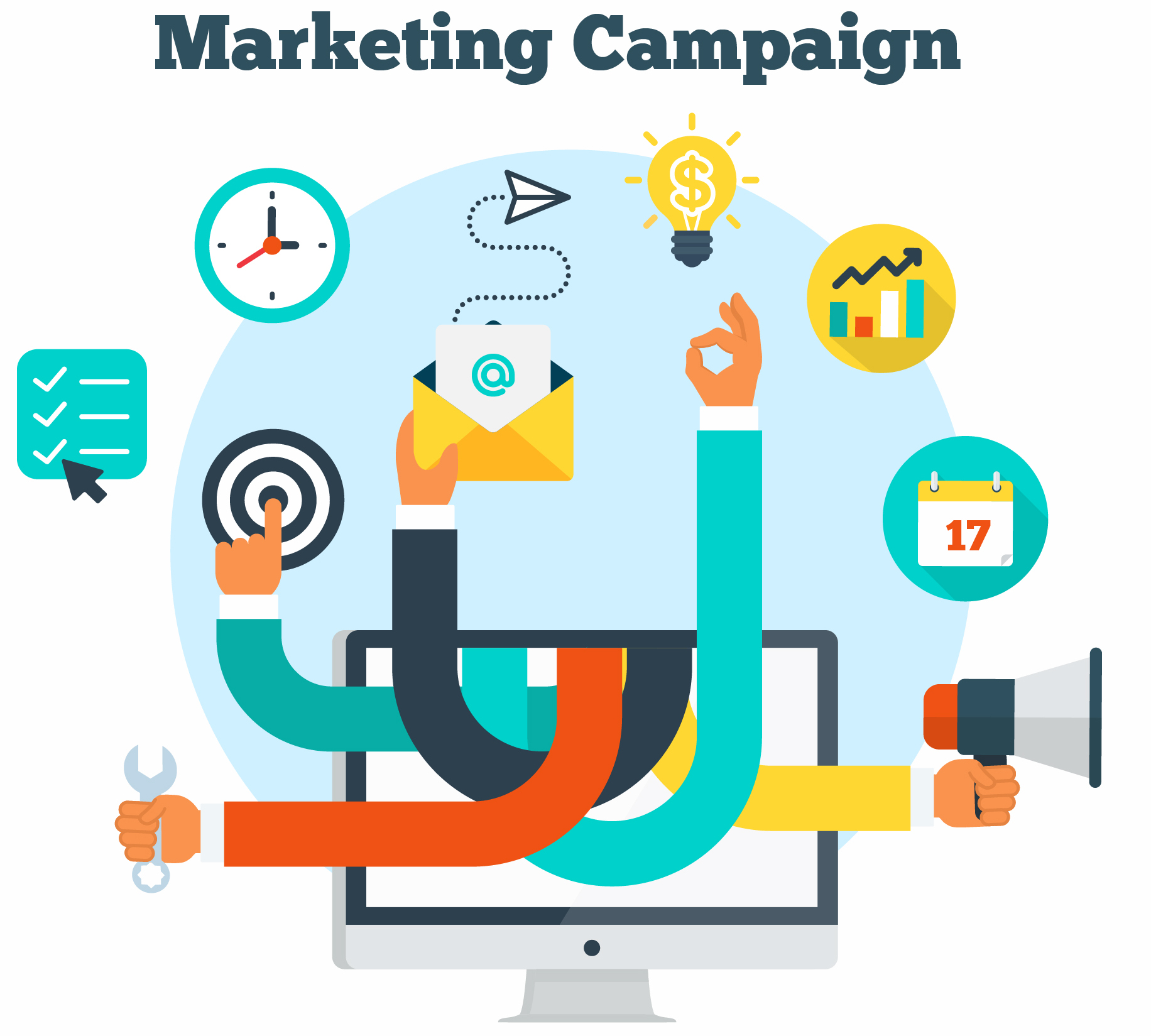Running a successful marketing campaign requires meticulous planning, strategic execution, and most importantly, adequate financing. Whether you are a small business owner or a marketing professional, finding the right funding options can be a daunting task. But fear not, because in this comprehensive guide, we will walk you through various financing strategies to maximize your marketing efforts and drive growth.
From traditional bank loans to crowdfunding platforms, we will explore a range of options to suit your specific needs. Unsure about the best budget allocation for your campaign? We’ve got you covered with tips on calculating your marketing budget and optimizing your spending. Want to leverage your existing customer base? We’ll discuss how loyalty programs and referral schemes can help attract new customers while retaining existing ones.
Additionally, we will delve into the pros and cons of self-financing versus seeking external investment, providing you with the information you need to make an informed decision. Whether you are looking to fund a social media campaign, SEO efforts, or even an offline advertising blitz, this guide has got you covered. Get ready to take your marketing game to the next level and unlock unprecedented growth for your business.
Importance of financing your marketing campaign
Financing your marketing campaign is crucial for several reasons. First and foremost, it allows you to allocate the necessary resources to reach your target audience effectively. Without proper funding, your campaign may fall short in terms of reach, engagement, and ultimately, conversions.
Moreover, financing your marketing campaign enables you to stay competitive in today’s fast-paced digital landscape. Your competitors are likelyp investing in their marketing efforts, and if you want to stay ahead, you need to do the same.

Lastly, a well-funded marketing campaign gives you the opportunity to test different strategies and tactics. By allocating funds to experimentation, you can identify what works best for your business and optimize your marketing efforts accordingly.
Types of financing options available for marketing campaigns
When it comes to financing your marketing campaign, you have several options to choose from. Let’s explore the most common ones:
Traditional Financing Options
- Bank Loans: Traditional bank loans are a popular choice for many businesses. They offer a fixed amount of money that you can use to fund your marketing campaign. However, keep in mind that securing a bank loan may require collateral or a strong credit history.
- Business Credit Cards: Business credit cards can provide you with a revolving line of credit that you can use for your marketing expenses. They offer flexibility and convenience, but ensure that you understand the interest rates and repayment terms.
- Small Business Administration (SBA) Loans: The SBA offers loans specifically designed for small businesses. These loans typically have lower interest rates and longer repayment terms, making them an attractive option for financing your marketing campaign.
Alternative Financing Options
- Crowdfunding: Crowdfunding platforms such as Kickstarter and Indiegogo have become popular options for financing marketing campaigns. By creating a compelling campaign and offering rewards to backers, you can raise funds from a large pool of potential investors.
- Venture Capital: If you have a high-growth potential business, venture capital firms may be interested in investing in your marketing campaign. However, keep in mind that venture capital comes with the trade-off of giving up a portion of equity in your company.
- Angel Investors: Angel investors are individuals who provide financial support to startups and small businesses. They can offer not only funding but also valuable expertise and industry connections.
Traditional financing options
When choosing a financing option for your marketing campaign, it’s important to consider several factors:
- Interest Rates and Fees: Be mindful of the interest rates and fees associated with the financing option you choose. High interest rates can significantly impact your overall campaign budget.
- Repayment Terms: Understand the repayment terms and make sure they align with your cash flow projections. You don’t want to be burdened with high monthly payments that could hinder your ability to invest in other areas of your business.
- Flexibility: Evaluate how flexible the financing option is in terms of accessing funds. Some options, such as business credit cards, provide immediate access to funds, while others may require a lengthier application process.
- Collateral: Consider whether the financing option requires collateral. If you don’t have valuable assets to offer as collateral, you may need to explore alternative options.
- Long-Term Impact: Think about the long-term impact of the financing option on your business. For example, taking on significant debt may limit your future growth opportunities.
Alternative financing options
Creating a budget for your marketing campaign is crucial for effective resource allocation. Here are some steps to help you create a realistic and effective budget:
- Define Your Goals: Start by clearly defining your marketing goals. Are you looking to increase brand awareness, generate leads, or drive conversions? Your goals will dictate the strategies and tactics you employ, which in turn will impact your budget.
- Research Industry Benchmarks: Research industry benchmarks to get an idea of how much other businesses are spending on marketing. This will give you a starting point for setting your budget.
- Consider Your Target Audience: Understand your target audience and the channels they are most likely to engage with. Allocate a larger portion of your budget to these channels to maximize your reach and impact.
- Allocate Funds to Testing: Set aside a portion of your budget for testing different strategies and tactics. Testing allows you to refine your approach and optimize your marketing efforts for better results.
- Track and Adjust: Continuously track the performance of your marketing campaigns and adjust your budget accordingly. If a particular strategy is delivering exceptional results, consider reallocating more funds to it.
Factors to consider when choosing a financing option
Now that you have secured financing and created a budget, it’s time to implement strategies that will drive growth for your business. Here are some effective strategies to consider:
- Targeted Advertising: Leverage platforms like Google Ads and social media advertising to reach your target audience with precision. Use demographic and interest-based targeting to maximize the impact of your ads.
- Content Marketing: Create valuable and engaging content that resonates with your target audience. This can include blog posts, videos, infographics, and more. Content marketing not only helps build brand awareness but also establishes your business as a thought leader in your industry.
- Influencer Marketing: Collaborate with influencers who have a strong following in your target market. Their endorsement can help increase brand awareness and attract new customers.
- Email Marketing: Build an email list and create personalized email campaigns to nurture leads and drive conversions. Segment your list based on user behavior and preferences for better targeting.

Creating a budget for your marketing campaign
Tracking and measuring the success of your marketing campaign is essential to understand its effectiveness and make informed decisions for future campaigns. Consider the following metrics:
- Conversion Rate: Measure the percentage of visitors who take the desired action, such as making a purchase or filling out a lead form.
- Cost per Acquisition (CPA): Calculate the average cost of acquiring a new customer. This metric helps you evaluate the efficiency of your marketing efforts.
- Return on Investment (ROI): Determine the return on investment by comparing the revenue generated from your marketing campaign against the costs incurred.
- Customer Lifetime Value (CLV): Understand the long-term value of each customer to assess the overall profitability of your marketing campaign.
Strategies to drive growth with your marketing campaign
To provide practical examples, let’s look at some case studies of successful marketing campaigns and their financing strategies:
- Dollar Shave Club: Dollar Shave Club launched a viral video campaign that propelled their brand to success. They initially financed the campaign through a combination of personal savings and seed funding from angel investors.
- Airbnb: Airbnb utilized a combination of venture capital funding and strategic partnerships to fund their marketing campaigns. They focused on creating compelling content and leveraging social media to reach their target audience.
- GoPro: GoPro’s marketing campaigns were primarily funded through venture capital investment. They focused on user-generated content and leveraged social media platforms to showcase the capabilities of their cameras.
Tracking and measuring the success of your marketing campaign
Financing your marketing campaign is a critical step in driving growth for your business. Consider the various financing options available, evaluate their pros and cons, and choose the option that aligns with your goals and financial capabilities. Remember to create a realistic budget, implement effective strategies, and continuously track and measure the success of your campaign. With the right financing and a well-executed marketing campaign, you can unlock unprecedented growth for your business.
Conclusion: Choosing the right financing option for your marketing campaign
Tracking and measuring the success of your marketing campaign is crucial for evaluating the return on your investment. Without proper tracking, it’s difficult to determine which strategies are working and which ones need improvement. Fortunately, there are several tools and techniques available to help you track and measure your campaign’s performance.
One essential tool is Google Analytics, which provides valuable insights into website traffic, user behavior, and conversion rates. By setting up goals and tracking key metrics, you can gauge the effectiveness of your marketing efforts and make data-driven decisions. Additionally, social media platforms such as Facebook and Twitter offer analytics dashboards that allow you to monitor engagement, reach, and audience demographics.
Apart from tracking digital metrics, it’s also important to implement offline tracking methods. For example, using unique coupon codes or dedicated phone numbers in your offline advertisements can help you attribute sales and leads to specific campaigns. This data will enable you to measure the ROI of your marketing activities accurately.
Remember, tracking and measuring your marketing campaign is an ongoing process. Continuously monitor your performance, make necessary adjustments, and refine your strategies to achieve optimal results.

0 Comments